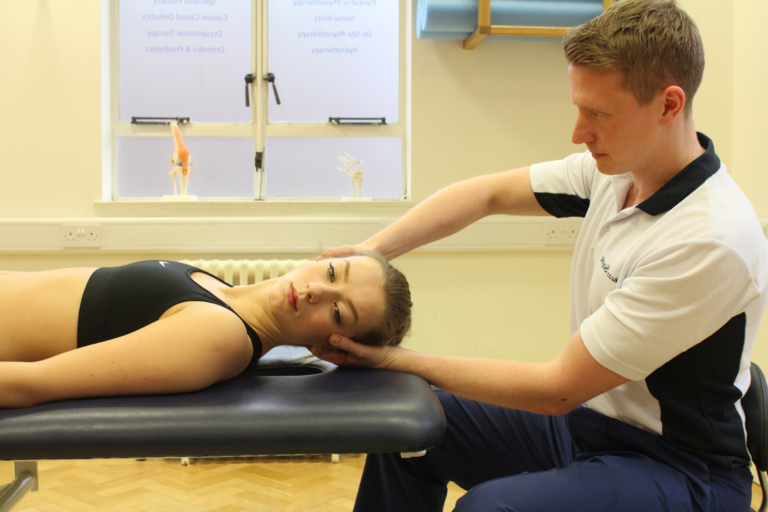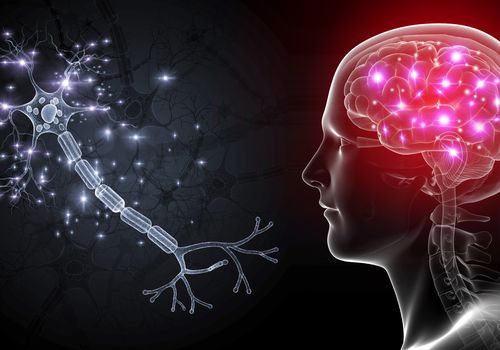
Uncovering the Neck’s Role in Post-Traumatic Headaches: What Kansas City Patients Should Know
Neck Joints and Headache Relief: What Kansas City Car Accident and Concussion Patients Need to Know
Persistent headaches after a car accident or concussion can leave patients searching for answers. While many focus on the brain, overlooked structures in the neck, specifically the cervical facet joints, often play a major role in lingering pain. Understanding this connection can help Kansas City patients find real relief and reclaim their daily lives.
The Cervical Facet Joint Connection
The neck is made up of seven vertebrae, each joined by small facet joints located at the back of the spine. These joints guide movement and stabilize the head. When trauma occurs, such as whiplash from a collision or a sudden blow to the head, these joints can become irritated and inflamed. This irritation is a frequent source of headaches that start at the base of the skull and radiate forward or behind the eyes.
How Neck Injury Leads to Chronic Headaches
Rapid neck movement during an accident can overstretch or compress facet joints. Inflammation in these joints, especially around the C2 to C3 and C3 to C4 levels, often triggers pain signals that travel up into the head. The third occipital nerve is commonly involved, and headaches may persist even after other concussion symptoms resolve.
Recognizing the Signs of Facet Joint Dysfunction
Patients in Kansas City, Overland Park, Liberty, and Lee’s Summit often notice:
Headaches that begin at the base of the skull and move forward
Pain that worsens with neck movement or long periods at a desk
Tenderness in the upper neck, sometimes more on one side
Limited ability to turn or tilt the head
Pressure or throbbing behind the eyes or at the temples
Headaches that flare up with stress, fatigue, or poor posture
These symptoms may shift sides depending on which joints are affected.

Treatment is designed to restore healthy neck function and reduce headache frequency:
Manual therapy and gentle mobilization to improve joint movement
Chiropractic adjustments when appropriate
Soft tissue techniques and trigger point release
Coordination exercises for head, neck, and eyes
Ergonomic guidance and postural retraining
Home exercises to support long-term recovery
Many specialists recommend regular stretching and movement breaks to keep the neck flexible and reduce tension throughout the day.
When to Consider a Referral
If headaches persist or involve complex symptoms, a referral to a pain or neurology specialist may be recommended. Collaboration with chiropractic providers can also help address muscle tension and improve overall comfort during rehabilitation.
Take Action for Lasting Relief
If you have been told your headaches are simply a result of concussion, but you also notice neck stiffness or posture-related flare-ups, cervical facet joint dysfunction may be the missing link. Early evaluation and targeted therapy can help you recover more fully and return to your regular activities.
Disclaimer
This blog is for educational purposes only and does not replace medical advice. If you have experienced a concussion or other injury, please consult a qualified healthcare provider.








